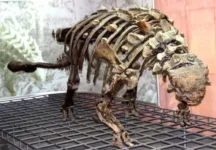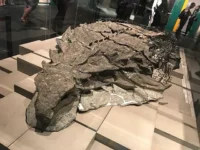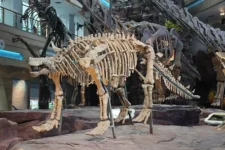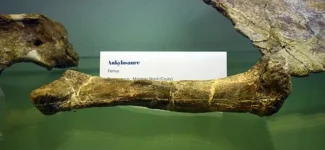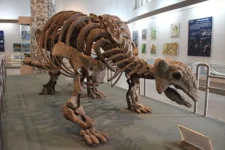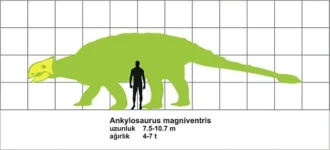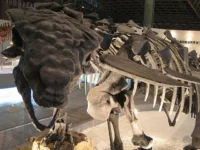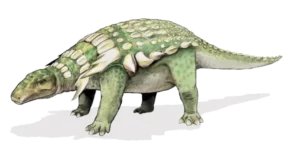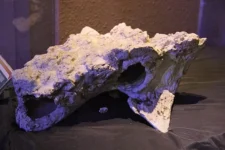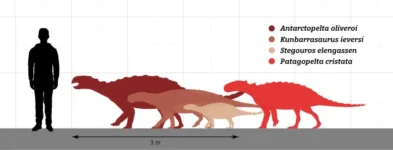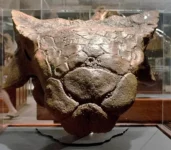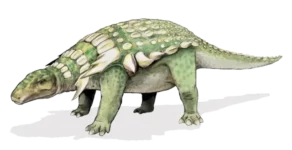Ankylosaurus
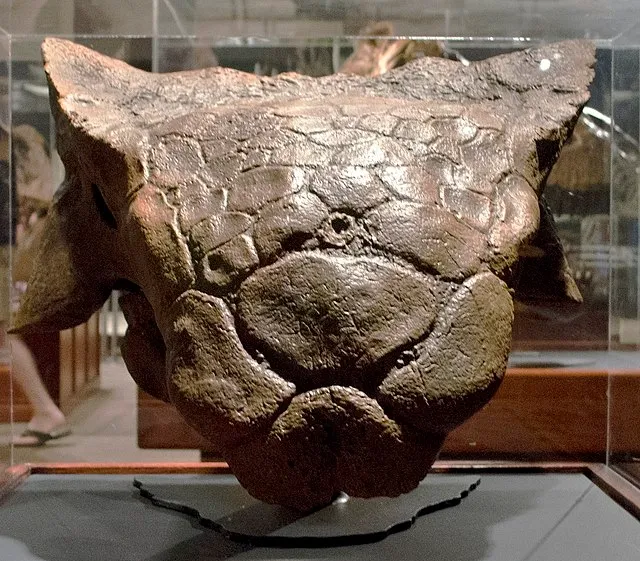
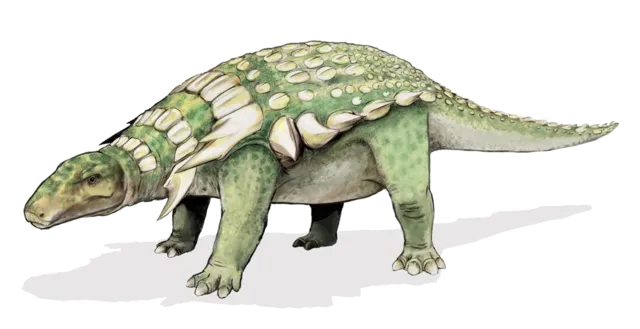
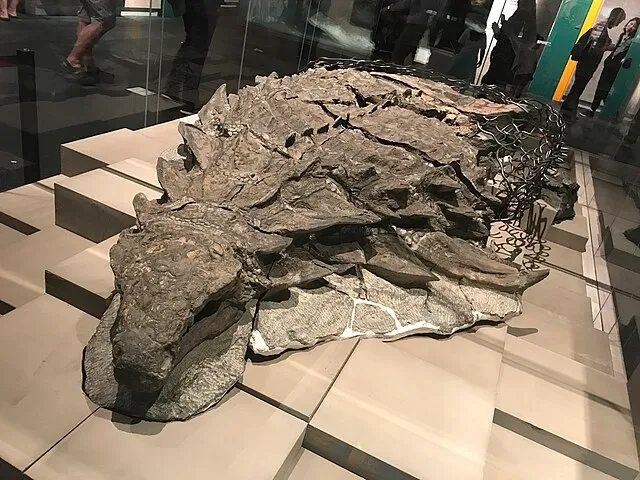
ANKYLOSAURUS:
Ankylosaurus is a genus of herbivorous dinosaur that lived during the Late Cretaceous period, approximately 68 to 66 million years ago. Ankylosaurus is a fascinating example of the diversity of dinosaurs during the Late Cretaceous period, showcasing adaptations for defense against large predators and specialized feeding habits. Its armored body and unique tail club make it a distinctive and iconic dinosaur in popular culture and paleontology.
Here are key details about Ankylosaurus:
SIZE AND ANATOMY:
Ankylosaurus was a large dinosaur, measuring about 6 to 9 meters (20 to 30 feet) in length and weighing around 4 to 6 metric tons (4.4 to 6.6 tons). It had a low-slung, heavily armored body covered in bony plates (osteoderms) embedded in its skin, providing protection from predators.
ARMOR AND DEFENSE:
The entire top surface of Ankylosaurus, including its back, sides, and parts of its head and tail, was covered in osteoderms and thick bony plates. These provided formidable protection against predators like Tyrannosaurus rex. Additionally, its tail ended in a large, bony club that could be swung with considerable force, serving as a defensive weapon.
DIET AND FEEDING BEHAVIOR:
Ankylosaurus was an herbivore that likely fed on low-lying vegetation, such as ferns, cycads, and low-growing plants. Its teeth were adapted for grinding tough plant material, and it had a broad, flattened snout for cropping vegetation close to the ground.
FOSSILS AND DISCOVERY:
Fossils of Ankylosaurus have been found in North America, primarily in western parts of the United States and Canada, including Montana, Wyoming, and Alberta. The first fossils were discovered in the late 19th century, and subsequent discoveries have provided insights into its anatomy and lifestyle.
BEHAVIOR AND ADAPTATIONS:
Ankylosaurus is known for its robust build and defensive adaptations. In addition to its armor and tail club, it had a relatively small brain for its size, suggesting it relied more on its physical defenses than on complex behaviors.
FUN FACTS:
1. Ankylosaurus was heavily armored with thick, bony plates (called osteoderms) embedded in its skin, providing protection against predators. Its entire top surface, including its back, sides, and even parts of its head and tail, was covered with these osteoderms.
2. One of the most distinctive features of Ankylosaurus was its tail club, which was composed of a thickened bony knob at the end of its tail. This tail club could reach up to 60 centimeters (2 feet) in diameter and was likely used for defense against predators or possibly in intraspecific combat.
3. Ankylosaurus was a herbivore that likely fed on low-lying vegetation, such as ferns and cycads. Its broad, flat snout and robust jaws were adapted for cropping and chewing tough plant material close to the ground.
4. Ankylosaurus was a large dinosaur, measuring about 6 to 8 meters (20 to 26 feet) in length and weighing around 4 to 6 metric tons (4.4 to 6.6 tons). Its squat body, short legs, and broad, heavily armored appearance gave it a unique and formidable presence among Late Cretaceous dinosaurs.
